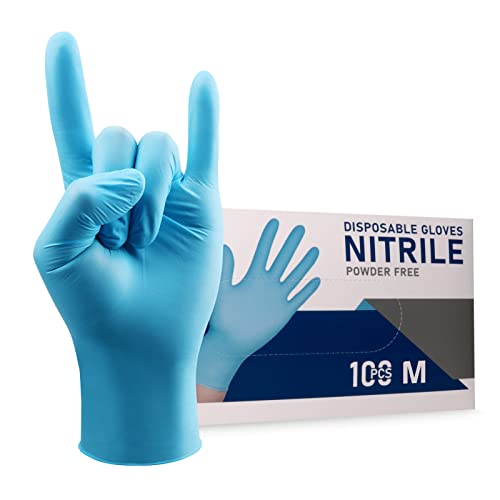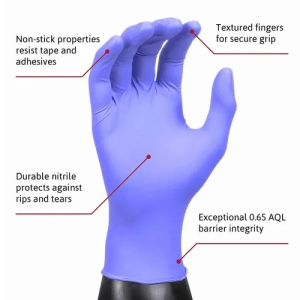What are Nitrile Gloves ?
Nitrile gloves are made from a synthetic rubber material called nitrile butadiene rubber (NBR). They are produced using a process called emulsion polymerization, which involves combining monomers such as acrylonitrile and butadiene. The resulting material is strong, durable, and resistant to punctures and tears. It is available in both powdered and non-powdered versions, with the latter being more popular due to concerns over latex allergies and contamination.
Benefits of Nitrile Gloves:
One of the biggest advantages of nitrile gloves is their strength and durability. They are resistant to punctures, tears, and chemicals, making them ideal for use in a variety of settings where individuals need to handle potentially harmful substances. These gloves are also highly flexible and comfortable, allowing for easy movement and dexterity. Additionally, nitrile gloves are hypoallergenic, meaning they are less likely to cause allergic reactions compared to latex gloves.
Uses:
Nitrile gloves are used in a wide range of settings, including healthcare, food service, and industrial applications. In healthcare settings, nitrile gloves are used by healthcare professionals to protect themselves and their patients from potential infections. They are also used by laboratory workers to handle chemicals and other hazardous materials.
Conclusion of Nitrile Gloves:
These gloves have become an increasingly popular choice for disposable gloves in recent years due to their strength, durability, and chemical resistance. They are used in a variety of settings, from healthcare to food service, and are an important tool for keeping individuals safe and protected. In this blog, we will dive deeper into the benefits and uses of nitrile gloves.











